China wants to be able to control the weather across a broad expanse of the country.
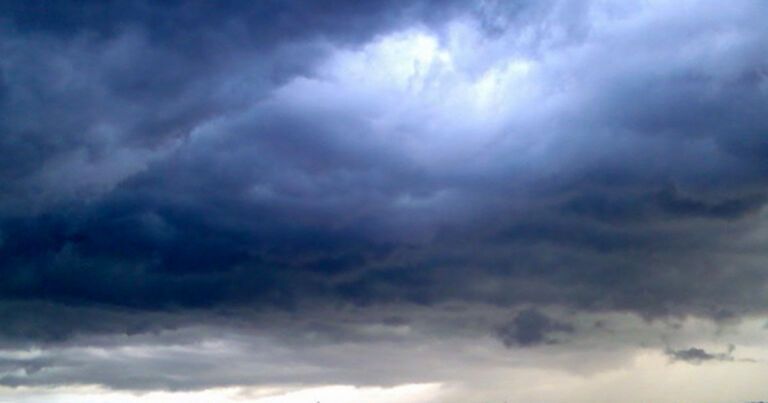


Weather modification, according to the document, would support: forecasts of disasters such as drought and hailstorms, as well as zoning work in agricultural production areas; normal working plans for regions in need of ecological protection and restoration; and emergency response plans to deal with events such as forest or grassland fires, and unusually high temperature or droughts.
The country’s weather modification efforts would support emergency response plans to deal with events such as drought and hailstorms.
You could use haarp to refreeze the antartica.
This carefully documented article on Weather Warfare was first published by Global Research on August 1, 2010.
Some small edits have been made. The CBC, History Channel and Trutv.com documentaries quoted in the article can now be viewed. They by no means can be considered as “conspiracy theories”.
Moreover, the US Air Force has referred to “Owning the Weather for Military Use”.
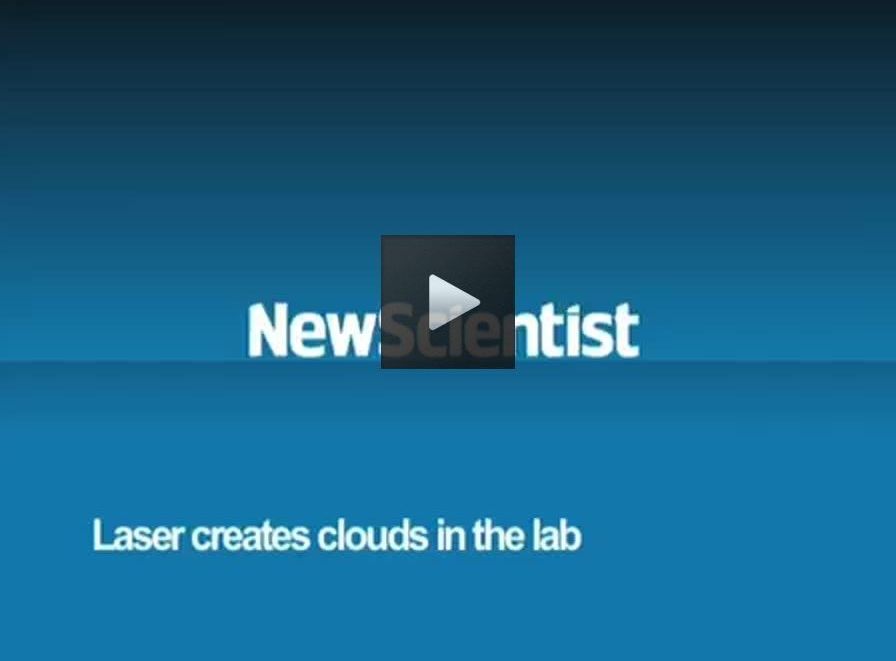
Circa 2010
A laser has been used to generate small clouds on demand in lab, and real-world experiments suggest this could be a way to call down rain when it’s needed.
People have experimented with cloud seeding for decades in the hope of boosting rainfall, usually by sprinkling silver iodide crystals into clouds high in the atmosphere.
These crystals encourage large water droplets to form around them, and the droplets then fall as rain – in theory, at least. “The efficiency of this technique is controversial,” says Jérôme Kasparian at the University of Geneva, Switzerland, one member of a research team that think lasers may be a better way to trigger rain on demand.

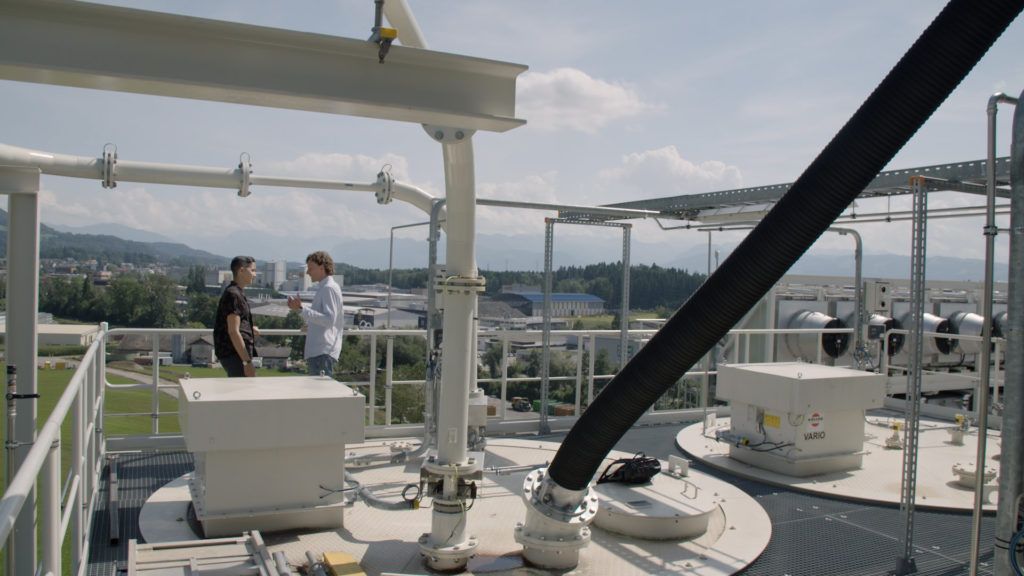
Should definitely be worked on. Eventually the same stuff could be used to reverse engineer/terraform Venus.
When politicians talk about the Paris Climate Agreement, it’s usually framed in terms of restrictions on emissions for states and businesses. But the Paris Agreement wasn’t just an agreement to regulate — it was also an agreement to innovate. That’s because most experts agree that the world won’t be able to keep global temperature rise below 2 degrees Celsius, unless there’s a way to physically remove CO2 from the atmosphere.
A Swiss startup called Climeworks has made that their goal, developing the most advanced carbon-capture technology to date. VICE News went to Switzerland to see how the technology works and hear how the business plans to tackle climate change. Problem is, what Climeworks is doing isn’t cheap.
This segment originally aired Oct. 16, 2017, on VICE News Tonight on HBO.
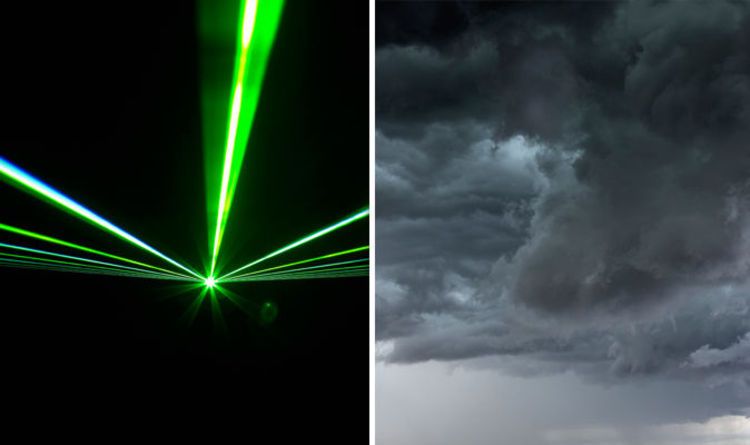
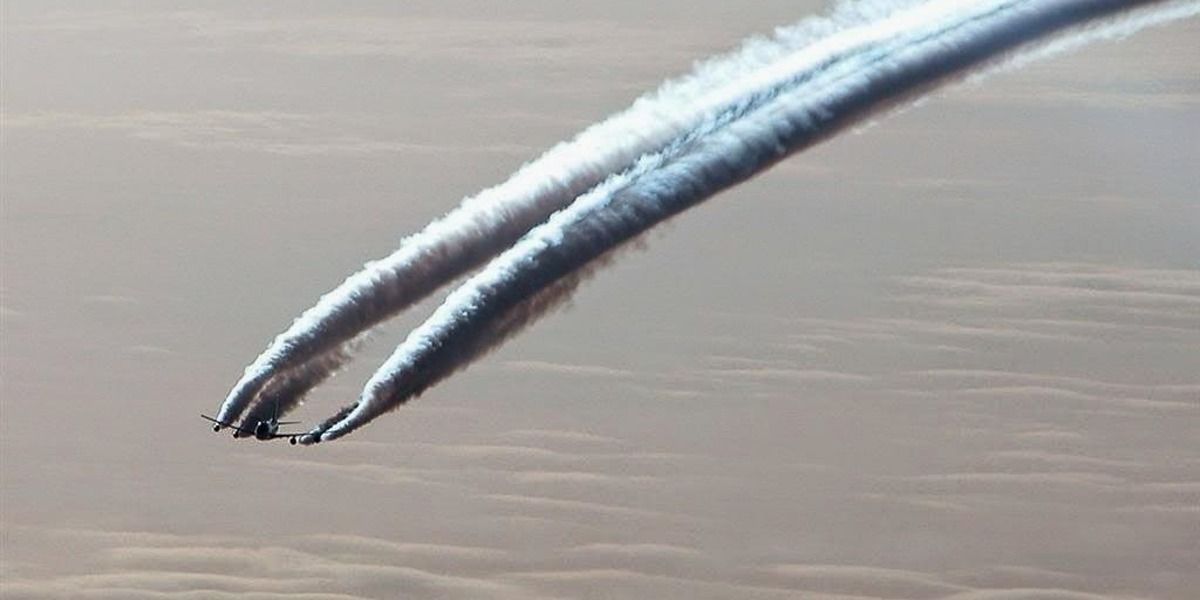
While flooding has caused mass evacuations and road closures in Texas and Louisiana, Californians are doing all they they can do make it rain. Last week, for the first time since 2002, Los Angeles County officials authorized cloud seeding with the hope that the technology will force the clouds in their region to produce 15 percent more rainfall.
Cloud seeding is a rain-making technique developed by Bernard Vonnegut (brother of Kurt in 1946. Essentially, it is the process of shooting silver iodide into clouds, which attract water vapors because it shares a similar molecular structure to ice. It then freezes and, when the ice becomes heavy enough and falls, it melts its way down to the surface as rain.
In Los Angeles, the Utah-based company North American Weather Consultants — hired for $55,000 a year — set up land-based generators in 10 locations in L.A. county. These generators shoot the silver iodide up with the hope that the created stormwater will fall in the dams and watersheds within the area.